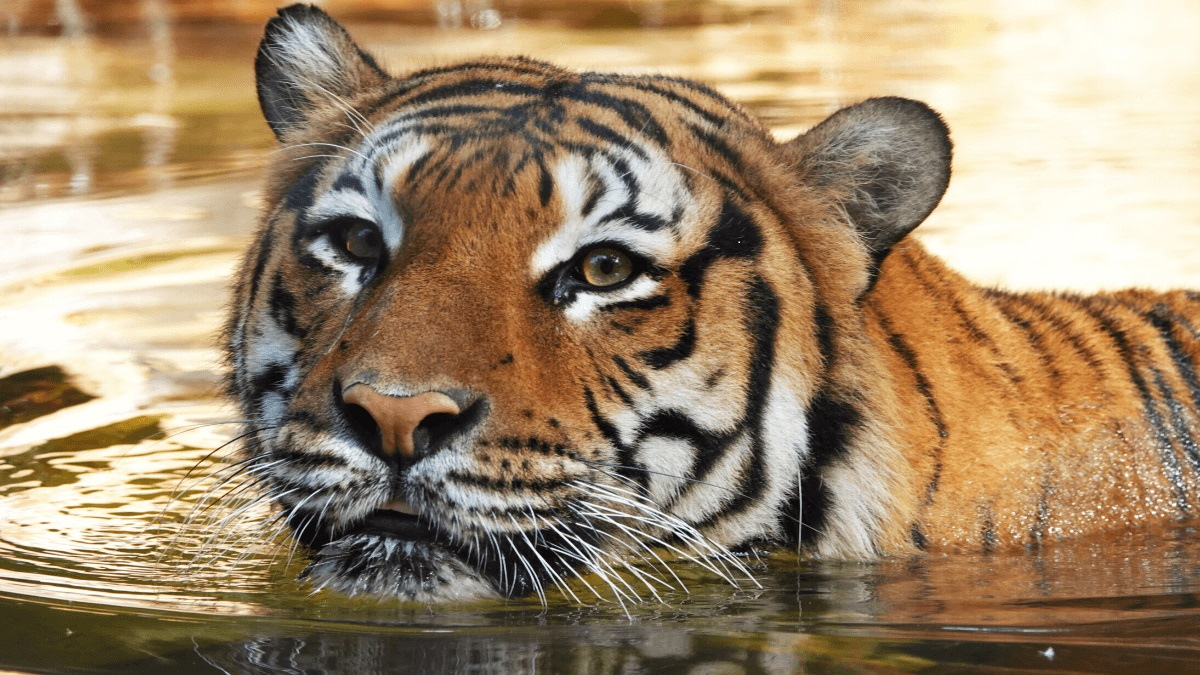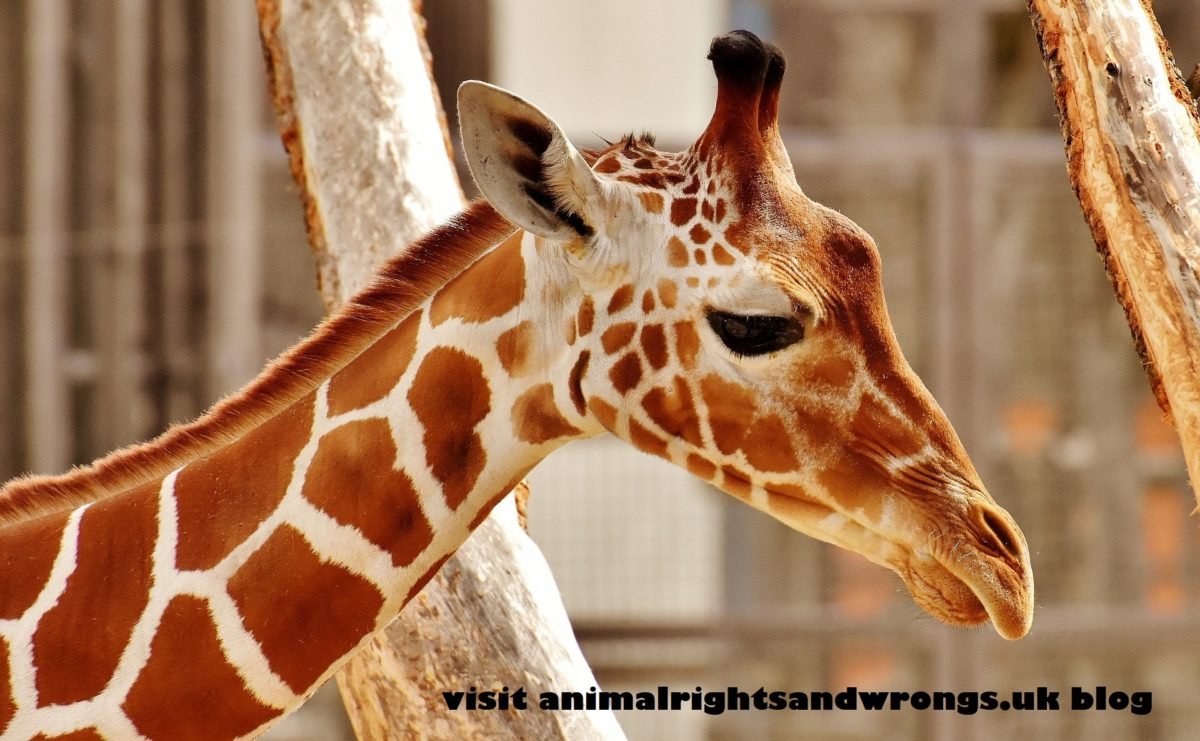-
Zoo animals need more protection from foolhardy humans.

The demise of Eko, an endangered tiger at Naples zoo, is another example of why zoo animals need more protection from foolhardy human visitors.
-
What is Zoonasia?

We seem to have little knowledge or understanding of the secret world of ‘disposal of genetic surplus’ or in layman’s terms – the euthanasia of zoo animals not suitable for breeding in the opinion of science. The declared dogma of most reputable zoos is that of a scientific and research emphasis based on doing everything…